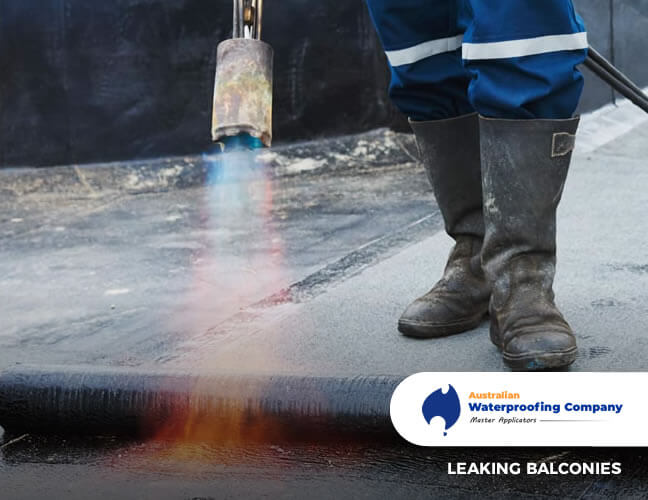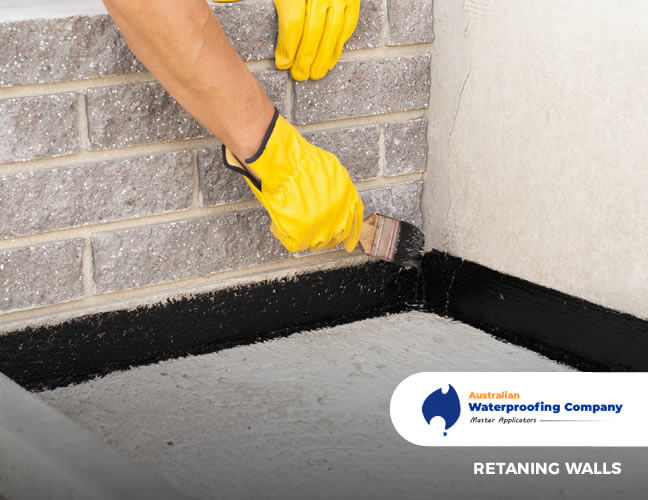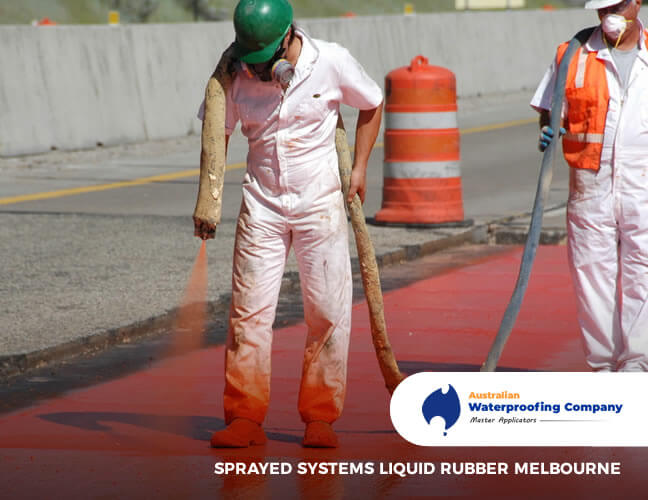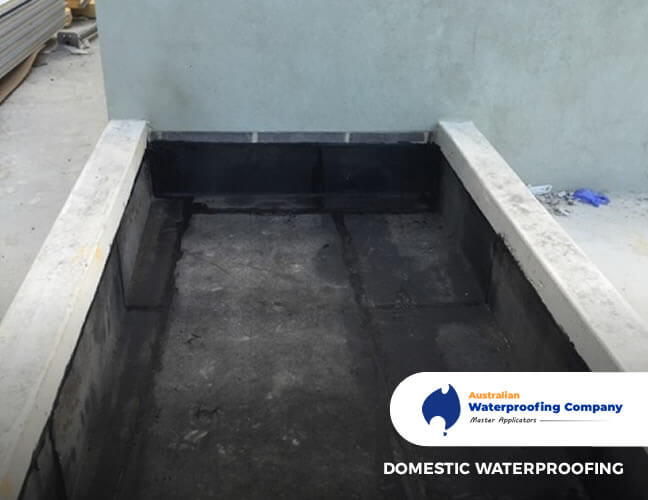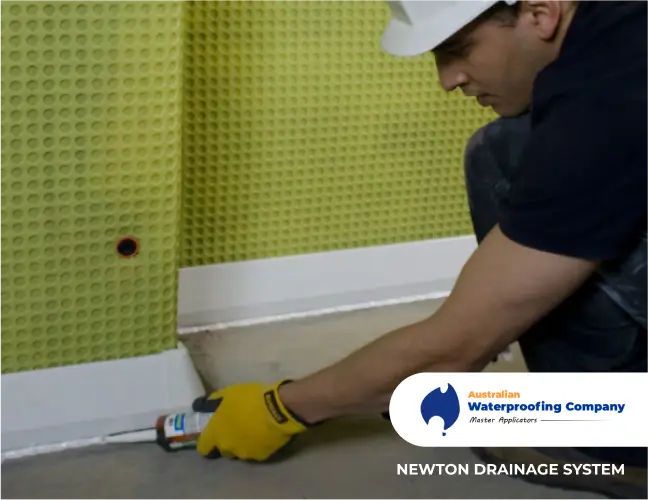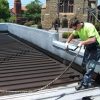Efflorescence has been around since the dawn of time and is a major issue ascetically in the construction industry. Its existence is most noticeable throughout most concrete building structures and projects worldwide.
Efflorescence is not limited to any specific geographic area in the world; we are all affected by it.
 Efflorescence is a white “powdery” crystalline deposit that is composed of salts, lime and other minerals. These deposits may become visible on many types of building surfaces such as concrete, natural stone, concrete precast panels, masonry blocks, grout, clay, and brick. These salts and minerals are water-soluble and generally come from the ground where alkali substances exist. These salts and minerals travel to the surface, using moisture as their way to pass through the micro cracks in the building or structure, and when the moisture evaporates what is left behind are salts and minerals on the surface or a white “powdery” substance.
Efflorescence is a white “powdery” crystalline deposit that is composed of salts, lime and other minerals. These deposits may become visible on many types of building surfaces such as concrete, natural stone, concrete precast panels, masonry blocks, grout, clay, and brick. These salts and minerals are water-soluble and generally come from the ground where alkali substances exist. These salts and minerals travel to the surface, using moisture as their way to pass through the micro cracks in the building or structure, and when the moisture evaporates what is left behind are salts and minerals on the surface or a white “powdery” substance.
These salts and minerals are generally picked up by the contaminated water as it passes through the micro cracks in the concrete substrates. This process is called capillarity. Capillarity is best explained as the movement of water or moisture in building material such as natural stone, concrete, masonry blocks, grout, clay, and brick. By definition, it is the action where the surface of a liquid, where it comes in contact with a solid, rises or falls. This attraction or repulsion is caused by capillary action. Because of this behavior, moisture may travel to both lower or higher levels within your building material and can move in all directions at the same time.
Efflorescence can be found on the oldest of installations but will frequently be created after a new tile or natural stone installation. This is likely due to a capillarity reaction. If the stone or tile is installed on a concrete substrate, or if there is moisture originating from the setting material (e.g., thin set, mortar), or if any component is mixed with water, then moisture will travel through the stone and/or grout to the surface. Sometimes alkali surfaces, like limestone, marble, concrete or grout, may be the source of salts and minerals. Just the water used in installation can be enough to trigger migration of these salts and alkalis to the surface resulting in efflorescence without the usual migration from the setting materials below. In all cases, the salts and minerals need water or moisture as the carrier to bring them to the exposed surface level. In situations where a fat mud setting mixture is used (when additional lime is added to the mortar) there may be a heightened probability of efflorescence occurring.
Moisture migration follows the path of least resistance. Therefore, with dense surfaces such as ceramic tile, it is often found that the grout lines are more vulnerable to show efflorescence due to the higher concentrations of these deposits in those areas. On the other hand, a Saltillo tile or terra cotta paver is porous enough that moisture transmission and salt or mineral deposits can be seen throughout the entire surface.
It is almost on a daily basis that we hear the cry for help regarding efflorescence. The usual comment sounds like, “I have a white powdery haze on my surface and I have used every cleaner under the sun to no avail. These cleaners appear to be working when my surface is wet, but when the surface becomes dry it comes right back, leaving frustrated. What can I do?
Some solutions that you can consider for a new tile installation would be to use a waterproof membrane beneath the installed surface. This helps minimize or eliminate efflorescence-causing salts and minerals from migrating from below. This is especially important in wet areas such as fountains, spas, steam showers, etc. This is not a foolproof solution as you are still vulnerable to exterior elements such as rainwater, sprinklers and moisture from the air penetrating your surface moving down to the cementitious adhesives subsurface. In this last scenario, the moisture transmission begins again which may lead to efflorescence occurring on your surface. This can be minimized or eliminated by applying a good, breathable penetrating water repellent to your surface. Actually many good water repellents can help efflorescence from occurring when the original source of moisture is coming from the exterior elements or from below.
Sealers that are topical coatings and are not vapor permeable (breathable), can also contribute to or aggravate an efflorescence problem. If moisture gets trapped underneath the coating, it has a longer time to saturate the material and collect minerals. This is combined with hydrostatic pressure created as the moisture is rising to the material surface for the purpose of evaporation. At this point, the moisture will escape buy traveling to an opening in the topical coating or will delaminate the topical coating due to hydrostatic pressure. This moisture is now fully loaded with minerals, and as it is slowly evaporating through compromised coating, efflorescence occurs. Efflorescence cannot easily be cleaned when it is developed beneath a topical coating without first removing the coating.
If efflorescence exists on an installed surface, the best method of cleaning or removing it would be to use an acidic cleaner. These salts and minerals are reactive to most acidic cleaners and will usually dissolve upon contact. This remedy has some problems because with acidic cleaners you often have to use acids which are not so user-friendly and even can be dangerous for human use. The less dangerous acid products are often not strong enough to solve the tough efflorescence problems.
Occasionally, on very porous surfaces, the efflorescence cleaning and removal process can become more difficult if latex or chemical transmission occurs at the same time as the salts and minerals have migrated to the surface. These latex components, or comparable chemicals, are often found in the more modern and advanced cementitious adhesives and grouts being used. The latex acts as a protective barrier around the efflorescence and defends the deposits from direct contact with acidic cleaning products. To help solve this problem; it is best to select an acidic product that has cleaning agents in it (acid and cleaner in one single product). Another recommendation would be to use strong neutral cleaner to break down the latex, rinse well and then proceed with the acidic cleaning.
A word of caution–Some natural stone products and other surfaces may adversely react to acidic products and using an acidic cleaner may cause problems. These problems may include the etching of a stone’s polish, opening the face of some surfaces creating a more porous surface, potentially causing other problems such as dirt attraction and dry soiling issues. On acid-sensitive surfaces where efflorescence is present, and using an acid cleaner would damage the surface, you may use abrasion to remove the salts and minerals. They will break loose form the surface using a rotary machine attached with a nylon pad by using abrasive pads.
When using an acidic cleaner test in an inconspicuous area to determine if the desired results are achieved.
Efflorescence as mentioned in the technical article, is acid-sensitive. Lime, salts and mineral deposits will usually dissolve when in contact with acidic liquids. Since efflorescence is sensitive to acid, a strong but safe acidic cleaner, works well in dissolving and removing the substance in most instances.
Follow the application instructions below:
1) Mask off and protect any surrounding areas that will not be treated
2) Apply mixed solution at the light duty dilution level as listed on the product label, mix stronger if needed.
3) Apply to the surface using clean mop, towel, sponge, or sprayer.
4) Agitate with a stiff white nylon scrub brush, white nylon pad, or appropriate floor machine.
5) Rinse area with a lightly dampened clean mop, sponge, towel or wet vacuum. Do not over apply rinse water. Moisture is one of the key factors in the development of efflorescence. Rinse well enough to remove any cleaner residues only. DO NOT OVERWET.
6) Allow the surface to completely dry to determine the desired results.
7) Using an approved sealer will greatly minimize or eliminate efflorescence from recurring.
If there is a continuous moisture problem beneath the surface, the efflorescence will probably still occur.
Efflorescence removal on acid sensitive surfaces such as most marble, limestone, travertine, masonry brick, concrete and stucco, etc.:
EP is an acid based product which when applied to acid-sensitive surfaces will react with the surface and may alter its appearance. If an acid-sensitive surface is already textured, this may not cause a problem that is noticeable. If this is the case, you may follow the efflorescence removal process detailed above.
To remove efflorescence from acid-sensitive surfaces follow these application instructions:
On flat surfaces you can sometimes remove the efflorescence using agitation by using a white nylon pad, dry. Agitate using a hand applicator or rotary sander with the white nylon pad attached. Often the lime, salts and minerals will come off with just this process. If this process does not completely remove the efflorescence, and on textured surfaces where the above step is not possible, additional treatment is required.
Mask off and protect any surrounding areas that will not be treated
Apply the EP to the contaminated surface.
Agitate with a stiff white nylon scrub brush, white nylon pad, or appropriate floor machine TILL IT FOAMS.
Rinse area with a lightly dampened clean mop, sponge, towel or wet vacuum. Do not over apply rinse water. Moisture is one of the key factors in the development of efflorescence. Rinse well enough to remove any cleaner residues only.
DO NOT OVERWET. Allow the surface to dry completely to determine the effectiveness of the process. Repeat if necessary.




